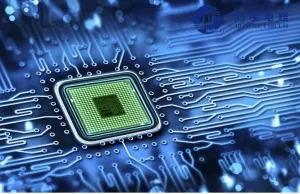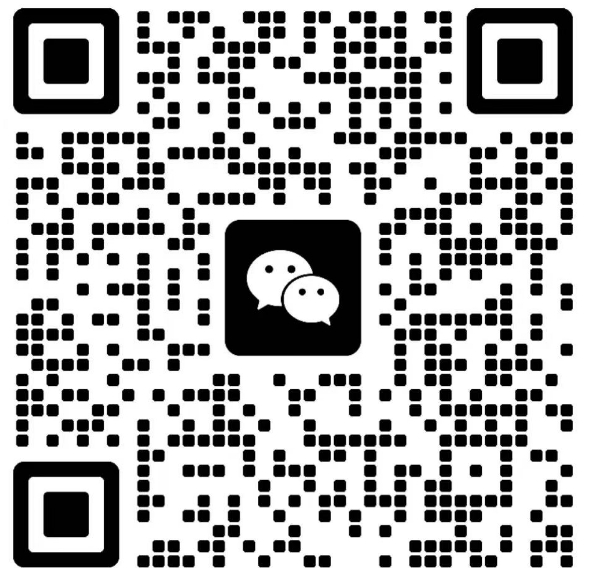Smart Home PCB Design, Manufacturing
What is a Smart Home PCB?
Smart Home Printed Circuit Board is the process of designing, manufacturing, and assembling PCB’s precisely designed for smart devices. A smart home is a place of residence that uses IOT, or interconnected appliances, to get remote monitoring and management of systems and devices such as lighting, heating, and automatic controlled devices. Smart home PCBs allow the functionality, automation, and connectivity of different home applications within a smart home system or environment. Smart devices are fast-growing in the field of advanced technology and home applications.
In our homes, offices, and schools, devices and systems are connected to the Internet, facilitating users to control their appliances remotely and monitor real-time information. The functions of smart home-printed circuit boards are becoming increasingly complex, as are the components that are integrated with PCBs. Smart home printed circuit boards offer insights into energy efficiency.
Significance of Smart Home PCB in Emerging Technology
Smart home PCB design is an essential part of creating innovative, reliable, and efficient smart home devices. It includes the complicated process of prototyping and designing PCBs that shapes the backbone of different smart home devices and products. Printed circuit board design is crucial for ensuring the efficient performance and reliability of smart home devices. Camera, Whether it is a smartphone, computer, digital devices, security camera, or lighting system, in all these home appliances, where printed circuit board acts as the central hub that provides uninterrupted communication between various devices and systems.
Key Consideration for Smart Home PCB Design
Smart home devices depend on printed circuit boards to operate and function. While designing smart home PCBs, some key factors should be essentially considered for the better reliability and efficiency of smart home appliances. Which are as follows:
Device Analysis and Requirements
The first phase of smart home PCB design is to understand the device’s usage, purpose, and functionality. This involves a complete requirements analysis to identify the sensors, electronics components, actuators, communications modules, and power management components to be used in PCB design and manufacturing. This step will make sense for the next phases of smart home PCB design.
Prototyping and conceptualization
The process of smart home PCB design and manufacturing starts with conceptualizing the features and functionality of smart home appliances. Prototyping includes creating a pre-structure design to validate and test the idea of the device to be designed. Selecting the right components is essential for the functionality and reliability of smart home PCs.
Schematic Design of the PCB Layout
This phase includes the creation of a schematic diagram that shapes the electrical connections and structure of components on the printed circuit board. It helps visualize the real design or blueprint for the actual PCB layout.
Printed Circuit Board Layout
Once the schematic diagram is completed, the next phase is to design the real-time layout, or actual layout, of
the printed circuit board. Components are mounted, integrated, and connected to Printed circuit board by using specific software such as Altium, KiCAD, Eagle, etc.
Fabrication, Assembly, and Manufacturing Process
As the design and layout process is finalized, the fabrication process is initiated, which typically involves.
Panel preparation
Circuit Imaging
Plating ( copper Layers)
Silkscreen
In the assembly and manufacturing process, such as etching, soldering PCB components, drilling, and solder wicking, if needed. Components are soldered and mounted onto the PCB pads using SMT. This is usually done through automated pick-and-place machines.
PCB Testing Inspection:
The manufactured and assembled smart home printed circuit board will then be subjected to electrical testing. To ensure proper functionality, working, and adhering to the design specifications of smart home PCBs, inspection is also required along with the testing phase.
Finalization and programming:
Smart home printed circuit boards need firmware programming to streamline the functionality and communication of the PCB. PCB programming ensures the establishment of connectivity between the device and the user.

Challenges in Smart Home PCB Design
Smart Home PCB Miniaturization:
With the increase in demand for smart and compact smart home devices and appliances, PCB designers now face the crucial challenge of miniaturizing PCB design. It refers to the process of designing and manufacturing smart home PCB circuits with smaller components and a reduced physical structure.
Power Efficiency:
Smart home devices are specifically designed for better reliability and energy efficiency. PCB designers must optimize the power distribution and ensure reduced energy consumption for the device. Poor design of printed circuit boards can cause excessive heat, excessive power consumption, poor reliability, and noise issues.
Smart Home PCB Signal Integrity and EMI:
Another challenge for PCB designers and manufacturers is electromagnetic interference (EMI) and signal integrity during PCB design. These challenges should be properly addressed to avoid any data loss, data corruption of device malfunction.
The Future Development of Smart Home PCB Design
Smart home printed circuit board technology is growing very fast. Printed circuit board design and implementation in these smart home appliances and devices play a vital role in the next generation of interconnected and innovative smart home devices and systems. Advancements in electronic components, electrical technology, PCB manufacturing processes, IOT, and PCB design tools will establish the need for smarter, more efficient, and more reliable PCB’s for connected homes in the future.
The future of smart home PCBs is equipped with significant advancements structured by various key trends in technology. Integration and miniaturization of smart home PCs are at the forefront, with a fast-growing push to enhance greater reliability on smaller devices. Sensor integration technology is enhancing the demand for smart home PCBs that involve various sensors for environmental monitoring. Advanced user interface techniques include touch-sensitive controls and gesture identification that are directly integrated with the PCB, which creates a user-friendly device and system.
The future trend of integrating AI and machine learning techniques directly into printed circuit boards is a considerable trend that enables intelligent system decision-making. As smart home technology continues to grow, these trends will impact the future development of smart home PCB design and manufacturing.
Conclusion:
In conclusion, smart home Printed circuit board design and manufacturing require essential attention to all key considerations, innovative thinking, and a vast understanding of the future challenges faced by smart home technology and devices. The industry is changing towards miniaturization, fast-growing technology, AI integration, power efficiency, compact PCB sizes, and seamless wireless connectivity. This move in industry and smart home technology provides for the creation of compact, energy-efficient, and IoT-integrated devices and systems. The integration of artificial intelligence (AI) and machine learning directly into printed circuit boards not only contributes to device intelligence but also enhances faster response times and accuracy and minimizes dependence on other factors and services. A comprehensive approach that involves technological advancements, user experience, and sustainability will be key to success in smart home PCBs.



